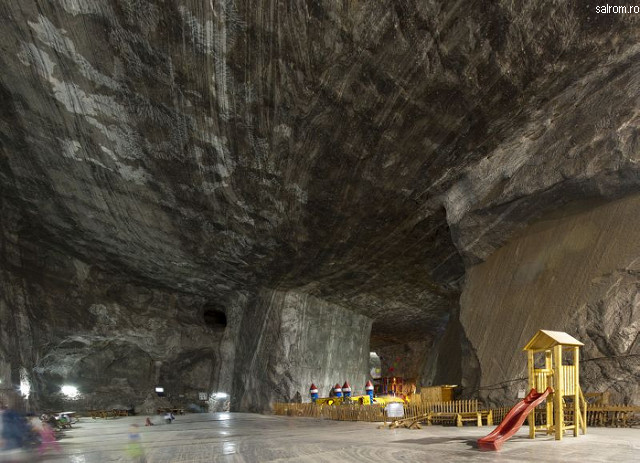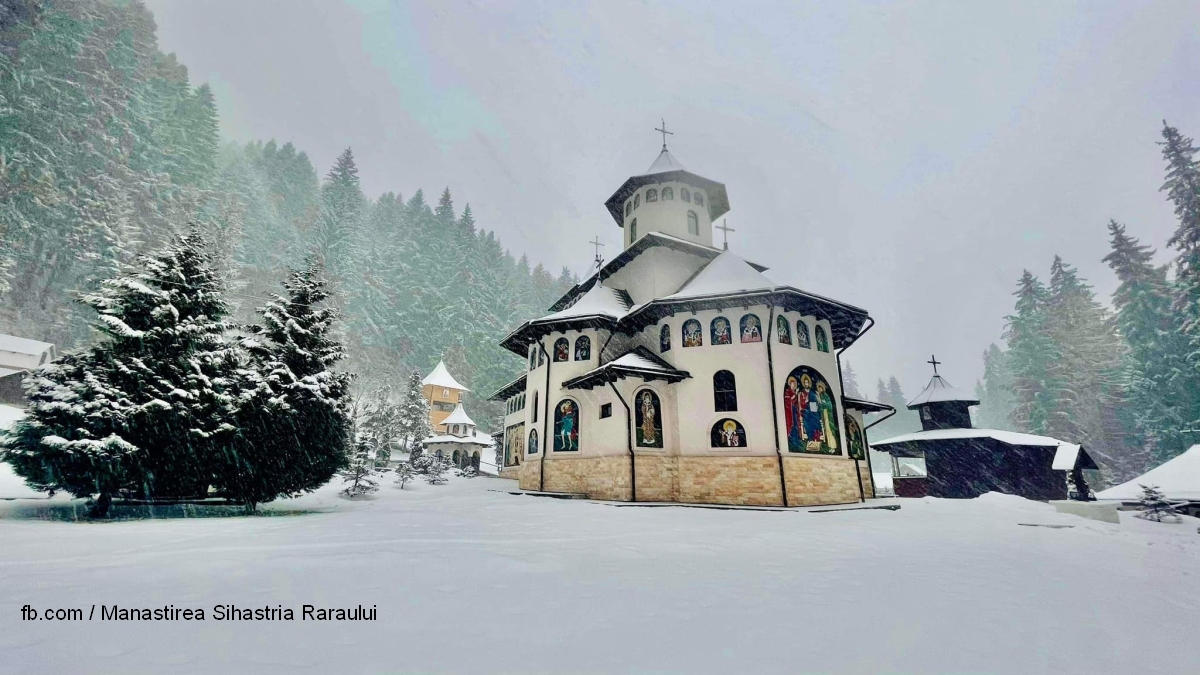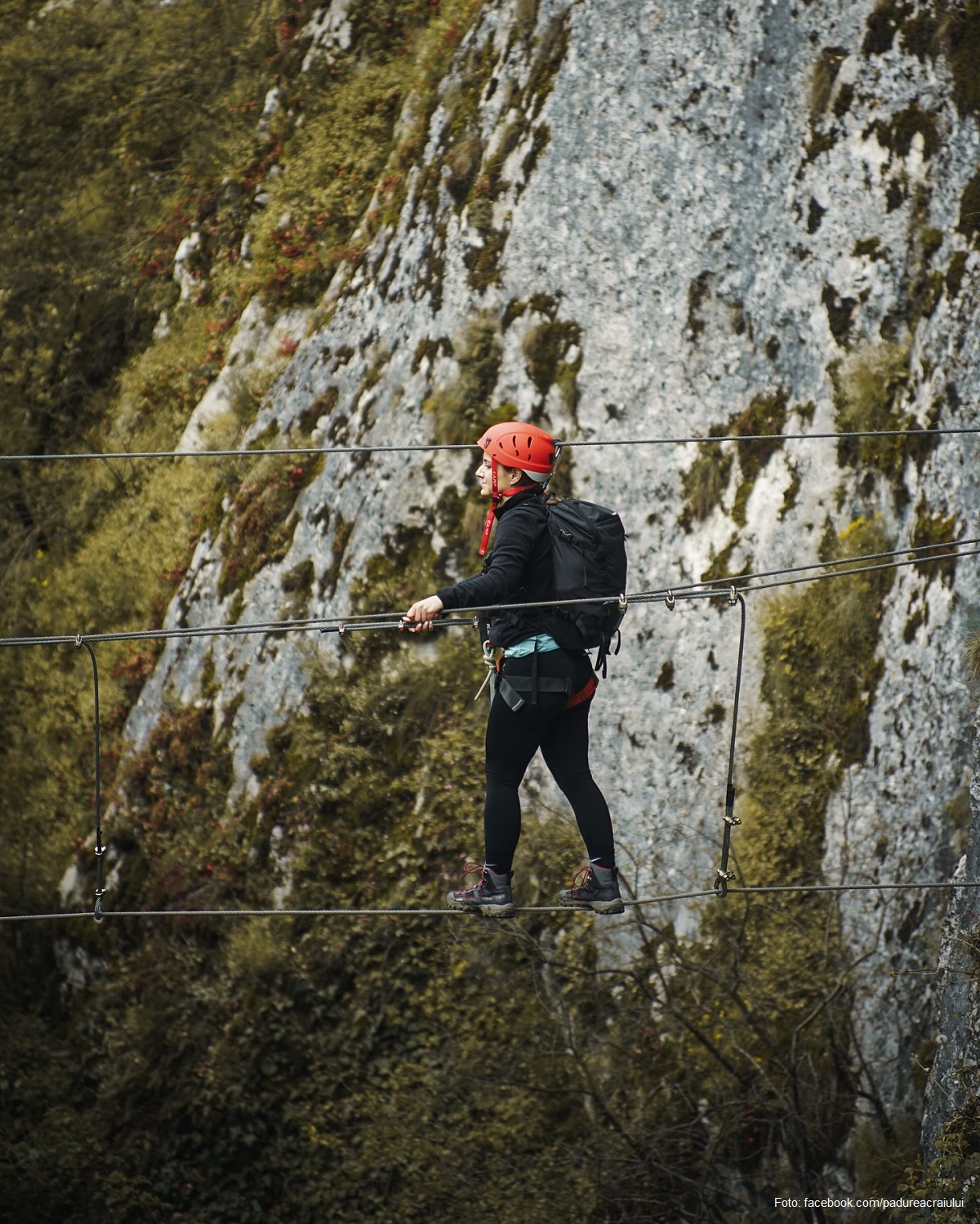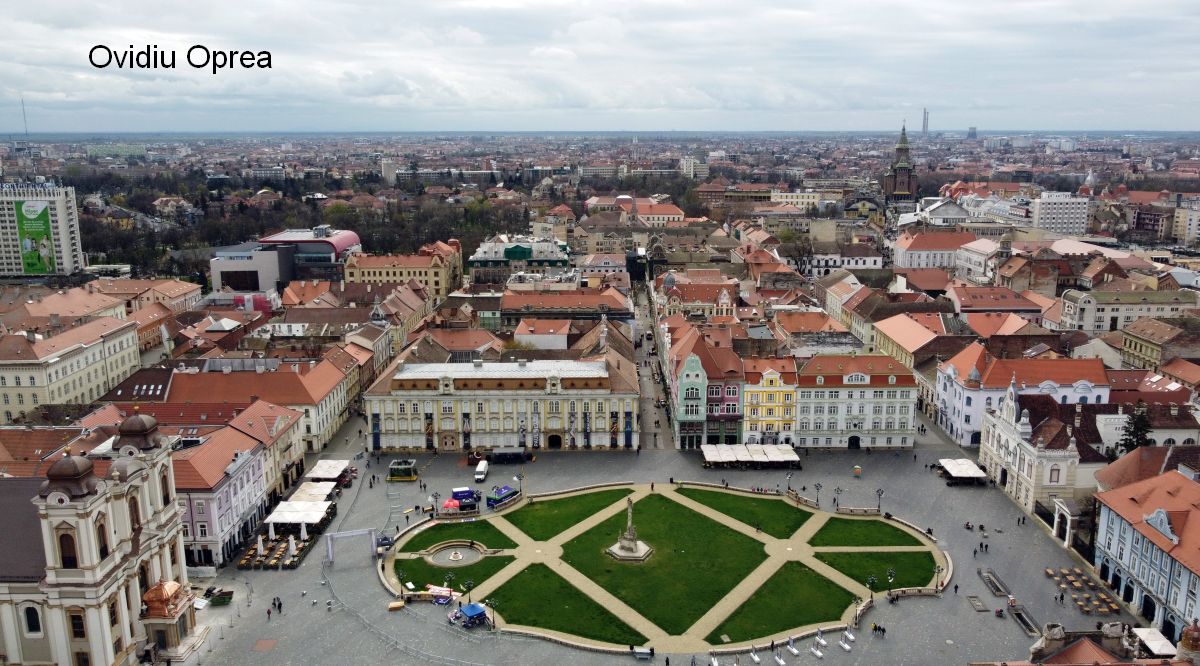Romania’s Salt Mines
Join us on a tour of some of Romanias most famous salt mines.

Daniel Onea, 10.11.2016, 14:51
Romania is one of the largest salt producers in the world, boasting a long tradition in the field of salt exploitation. Salt mines are an increasingly popular tourist attraction, as the curative properties of salty air have led to the emergence of speleotherapy and climate therapy, underground treatment procedures unfolding in caves and salt mines.
We start our journey in Targu Ocna, Bacau County. The exploitation of salt, in its current form, started in Targu Ocna a long time ago, around 1967. However, tourism took a fresh turn in the region as of 2005. It was the year when the Saint Varvara church was put to good use, says the director of the Targu Ocna Salt mine, Ilie Ion: ”It was rebuilt in 1992, within six months, based on a project developed by the employees of the Targu Ocna Salt Mine. Back then, it was a unique monument in Romania, as well as in the whole of Europe. If tourists want to see it, they should descend 240 meters underground, where our tourism and leisure facilities are operational, on a surface of 13 thousand hectares. We offer perfect conditions for relaxation, to all those who want to stay fit, and we also have courts for mini-football, basketball, lawn tennis and table tennis. Visitors can also undergo treatment for respiratory conditions. A salty water lake and a waterfall successfully complete a breathtakingly beautiful scenery. For children, we laid out playgrounds with cradles, toboggans and rocking chairs. Furthermore, for the little visitors we brought over some arcade machine games and snooker tables, we tried to create some areas for mini-bicycles, and intend to set up an area for skateboarders and roller skaters.”
The Salt museum is also available to visitors, the director of the Targu Ocna Salt mine, has also said: ”At the museum, we put on show interesting objects, illustrative of the genesis and evolution of salt exploitation and processing. We make available detailed information on its therapeutic values, giving tourists the chance to admire interesting exhibits, which stand proof of the impressive past of salt exploitation in Targu Ocna, with a tradition dating as far back as 1380. Throughout the years, visitors from all continents came over to visit the place. Everybody is deeply impressed with what they see. Very few tourists have had the chance to visit a salt mine before. And we have several such places in Romania, which are of high interest for foreign visitors, who are very emotional when sharing their impressions. I had the chance to talk to some Japanese tourists, for instance. We had a conversation by courtesy of an interpreter, which was unable to render the visitors’ emotions, but I saw the expression on their faces and the sparkle in their eyes.”
Now we invite you to northern Romania, to the town of Cacica in Suceava county, a place first documented in the 18th century. The Austrian administration opened in Cacica an intensive and effective salt exploitation. The salt was manually carved in block-shaped pieces and the first exploitation chamber was built at a depth of 27 meters. The exploitation per se started around 1817.
Ioana Croitoriu, guide at Cacica salt mine has more: ”Cacica means ‘duck’ in Polish. There used to be a swamp area here, a habitat for many wild ducks, hence the name given by the Poles. According to experts we have salt reserves here for another 500 years. Exploitation started in 1791. We have a small Orthodox chapel with sculptures in salt and an artificial lake at a depth of 38 meters. Salt crystals are forming around it. There is also a boat on the lake, which was used by the miners to take their children or grandchildren on a ride in their leisure time. We also have a ballroom for balls and parties. It bears the name of Agripa Popescu, who was the first director general. Then there is another level, 75 meter deep, which used to serve as a maturation storeroom for cheese, thanks to its constant temperature of ten degrees. Now there is a sports ground there for those seeking treatment for asthma and other respiratory conditions. There are also play grounds for children.”
We make our last stopover in Transylvania. Given that some of the old towns and villages here are dating back to the year 1100, Praid is quite a young settlement, first documented around 1564. However, Praid is the largest commune in Harghita County. In spite of the beautiful landscapes here and the quaint settlements, the place is best known for its salt mine, which is actually a genuine underground town. According to the latest data released by the administration of the Praid salt mine, the number of tourists has risen by 35 thousand this year as compared to the same period last year. The daily average of visitors is between 3,000-4,000 people.
According to Seprodi Zoltan, the director of the salt mine, the underground landscape is impressive: “A bus will take you 1.2 kilometres down into the salt mine, about 100 metres below the surface. From there, tourists are taking the stairs, about 240 flights, to reach an old room, which is the starting point of a 600-meter tunnel network. These tunnels are 20 meters wide and 14 meters tall. These are impressive dimensions. Roughly, 80 percent of the tourists come from Hungary; the rest are from almost all European countries and we’ve even had groups from Asia and America. We talked to them and realized they were quite impressed with the salt mine and with what they see down there. I would like to convey a message to all your listeners that they are welcome here and if they want to be impressed, they should go and visit the salt mine in Praid.”






























